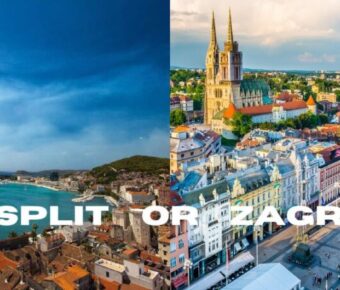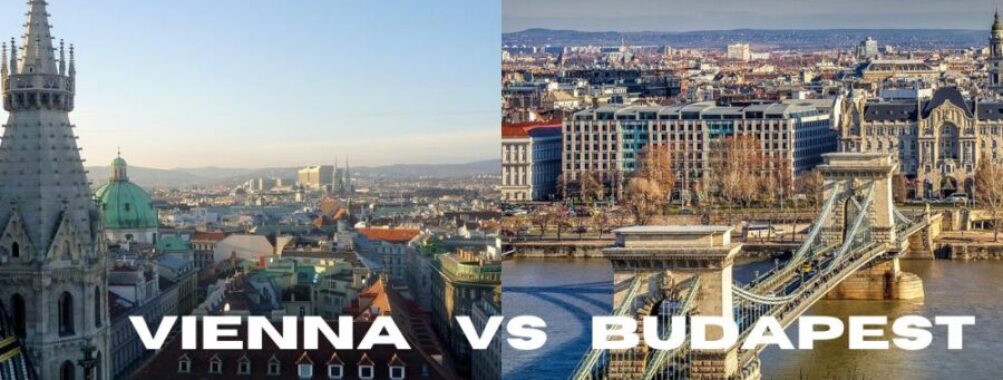
Vienna vs Budapest: Which Historic Capital Offers Better Value in 2025?
Choosing between Vienna and Budapest can feel like splitting hairs – both cities offer incredible architecture, rich history, and vibrant culture. These two gems of Central Europe sit just 150 miles apart along the Danube River, yet each has its own distinct personality.
Most travelers prefer Budapest due to its lower costs, livelier atmosphere, and unique thermal bath culture. Meanwhile, Vienna appeals more to those seeking refined classical music, art museums, and coffee house traditions. The Hungarian capital mixes gritty charm with grand imperial buildings, while Austria’s sophisticated capital maintains its polished, aristocratic air.
The magic of these cities lies in their contrasts. Vienna shines with its musical heritage and pristine streets, while Budapest captivates visitors with its edgy ruin bars and dramatic hilltop views. Though both destinations deserve a spot on any European itinerary, their distinct personalities help travelers pick the perfect match for their style.
Table of Contents
- Historical Overview
- A Tale of Two Capitals
- Influence of the Austro-Hungarian Empire
- Legacy of the Habsburgs
- Cultural Insights
- Classical Music Heritage
- Local Traditions and Celebrations
- The Artistic Landscape
- Architectural Wonders
- Comparing Grand Palaces
- Prominent Churches and Synagogues
- Iconic Bridges and Statues
- Culinary Experience
- Traditional Dishes to Savour
- Cafe Culture and Sweet Delights
- Food Markets and Street Food
- Experiencing the City Vibe
- Arts and Entertainment
- Nightlife and Social Spaces
- Public Spaces and Gardens
- Leisure and Relaxation
- Pampering in Thermal Baths
- Gardens and Green Spaces
- River Cruising and Walks
- Transportation and Getting Around
- Public Transport Systems
- Walkability and Cycling Paths
- Accessibility and Convenience
- Accommodation and Costs
- Staying in Style: Hotels and B&Bs
- Budget-Friendly Options
- Comparing Travel Expenses
- Safety and Solo Travel
- Navigating the Cities with Confidence
- Tips for Solo Adventurers
- Family and Group Travel Considerations
- Frequently Asked Questions
- What are the notable differences in nightlife between Vienna and Budapest?
- How do Budapest and Vienna compare in terms of city size and population?
- Which city tends to offer a more captivating experience during the Christmas season, Vienna or Budapest?
- Can one comfortably plan a day trip from Vienna to Budapest?
- Between Vienna and Prague, which destination is generally considered more picturesque?
- What should one expect when visiting Budapest in November?
- Book Your Dream Experience
- More Travel Guides
Historical Overview
Vienna and Budapest emerged as powerful twin capitals that shaped European history through centuries of royal rule, cultural exchange, and architectural grandeur. Each city grew into a distinct metropolis while sharing deep historic ties.
A Tale of Two Capitals
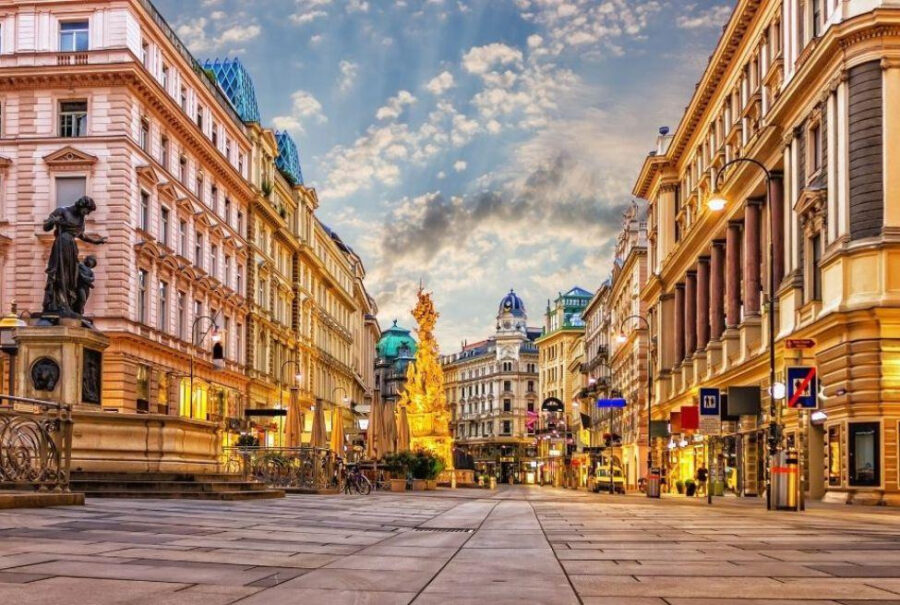
Vienna started as a Roman military camp in the 1st century AD, growing into a medieval trading center. The city became the heart of European power under the Habsburg monarchy in the 13th century.
Budapest began as three separate cities – Buda, Óbuda, and Pest. The Romans built settlements here too, but the area gained importance when Hungarian kings chose Buda as their seat of power in the 15th century.
The cities developed different characters. Vienna embraced its role as an imperial capital with grand palaces and formal gardens. Budapest kept its mystical charm with its hilltop castle and thermal baths.
Influence of the Austro-Hungarian Empire
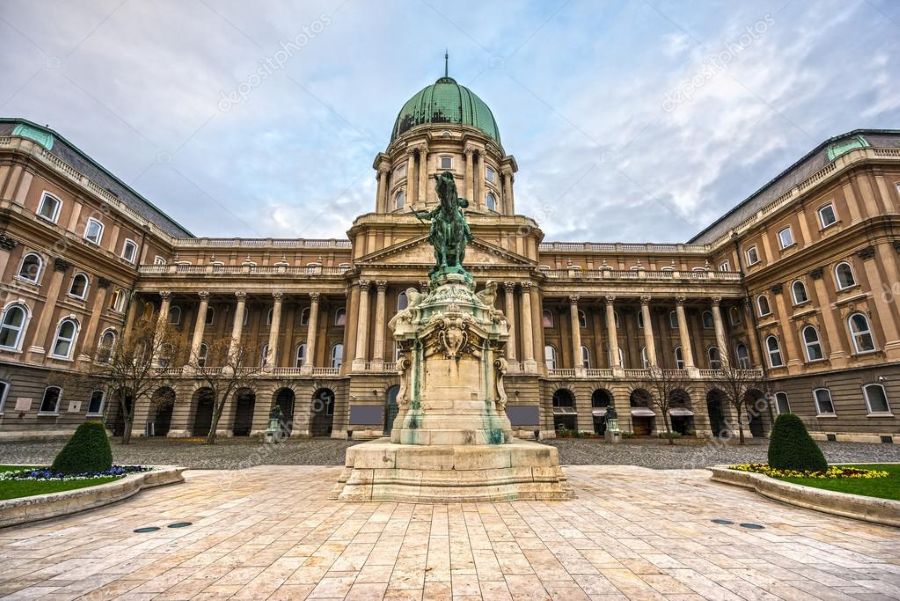
The 1867 Compromise created the dual monarchy of Austria-Hungary, making both cities equal capitals. This sparked massive growth in both places.
Vienna remained the empire’s administrative center, with its parliament building designed for governing vast territories. The city’s famous Ringstrasse took shape during this era.
Budapest saw rapid development too. The iconic Parliament building rose along the Danube. The first underground railway in continental Europe opened here in 1896.
Legacy of the Habsburgs

The Habsburg family left lasting marks on both capitals. Vienna’s Schönbrunn Palace and Hofburg complex showcase their imperial might.
In Budapest, Habsburg influence appears in the Royal Palace and Andrássy Avenue’s elegant mansions. Yet the city maintained its unique Magyar identity.
Both cities preserve Habsburg-era coffee houses, theaters, and museums. These cultural institutions still define daily life, from Vienna’s coffee culture to Budapest’s thermal bath traditions.
The empire’s fall in 1918 affected the cities differently. Vienna became the capital of small Austria, while Budapest led independent Hungary. Yet their shared imperial past creates an unbreakable bond.
Cultural Insights
Vienna and Budapest share deep cultural roots while maintaining their own distinct artistic identities. Both cities played major roles in shaping European arts, music, and traditions.
Classical Music Heritage
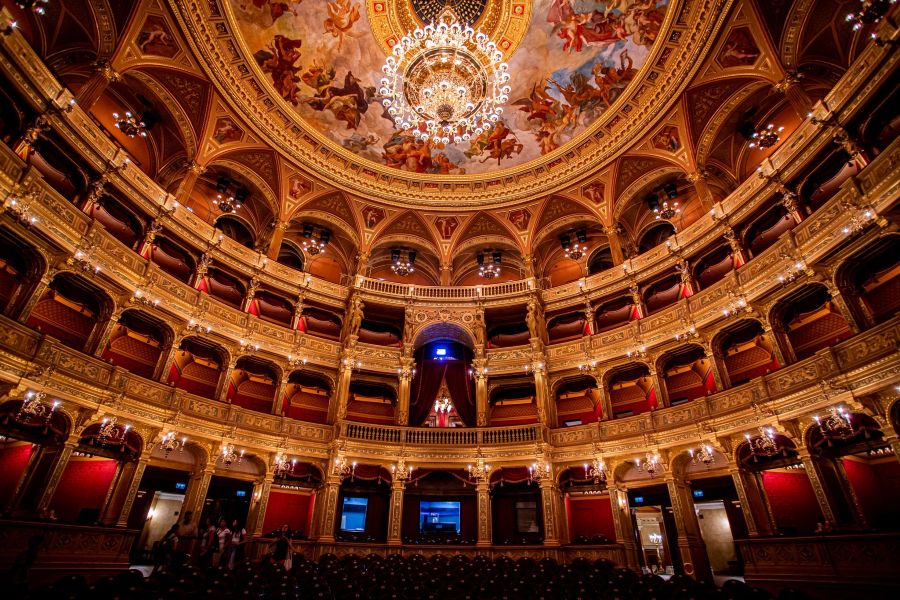
Vienna stands as the birthplace of classical music’s greatest names. Mozart, Beethoven, and Schubert all lived and created masterpieces here. The city keeps this legacy alive through the Vienna Philharmonic and daily concerts at historic venues.
Budapest’s musical heritage centers around Franz Liszt and Béla Bartók. The Franz Liszt Academy trains new generations of musicians. The Hungarian State Opera House hosts world-class performances in a neo-Renaissance setting.
Both cities offer affordable classical concerts. Vienna’s standing-room tickets at the State Opera cost just €4, while Budapest’s St. Stephen’s Basilica holds regular organ concerts.
Local Traditions and Celebrations
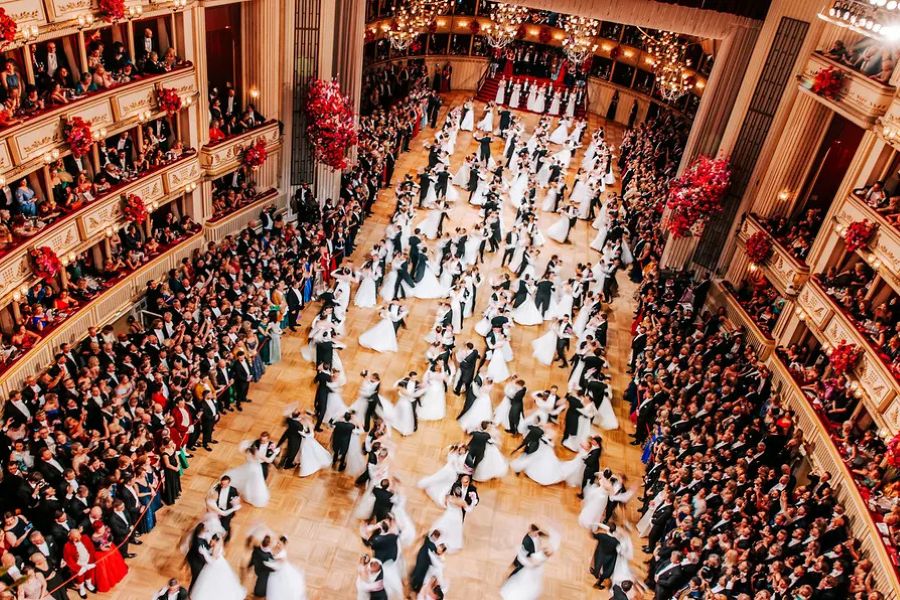
Vienna’s coffee house culture earned UNESCO heritage status. These cafes serve as social hubs where people spend hours chatting over Melange coffee and Sachertorte.
Budapest’s thermal bath culture dates back to Turkish times. Locals visit historic spots like Széchenyi Baths weekly for relaxation and socializing.
Traditional festivals mark both cities’ calendars:
- Vienna Ball Season (January-February)
- Budapest Wine Festival (September)
- Christmas markets in both cities
The Artistic Landscape
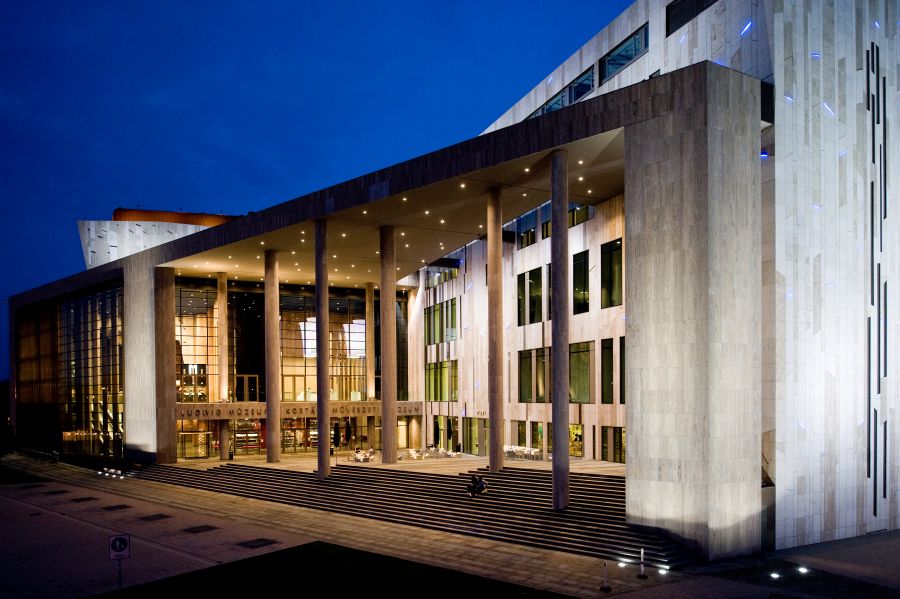
Vienna’s Museum Quarter houses major art collections in former imperial stables. The Belvedere displays Klimt’s famous “The Kiss” among other Austrian masterpieces.
Budapest’s art scene thrives in former factory spaces turned galleries. The Ludwig Museum showcases contemporary works from Eastern Europe.
Street art marks a key difference. Budapest embraces urban art in its Jewish Quarter, while Vienna maintains stricter rules about public artwork.
Museums in both cities preserve their Jewish cultural heritage, though Vienna lost much of its Jewish population during WWII.
Architectural Wonders
Vienna and Budapest showcase different yet equally stunning architectural styles, from Gothic churches to grand imperial palaces. Both cities blend Baroque grandeur with unique local touches that tell fascinating stories of their past.
Comparing Grand Palaces
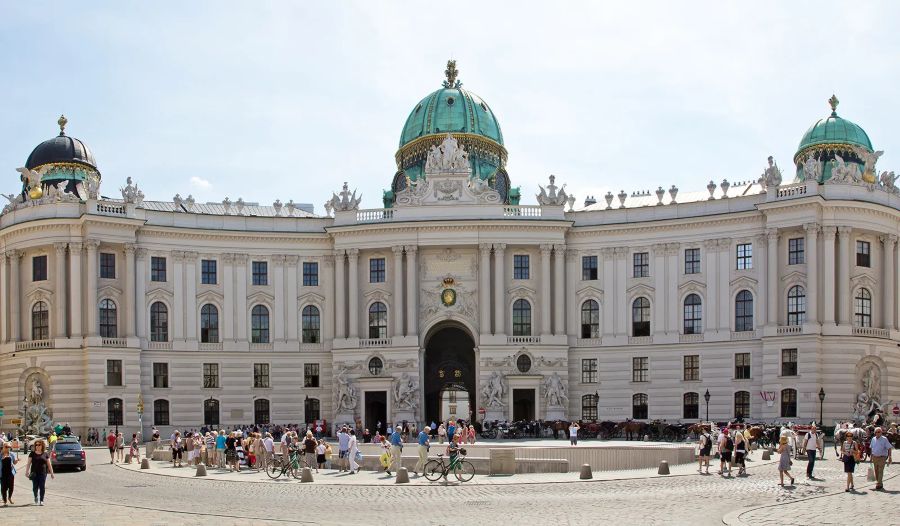
The Hofburg Palace stands as Vienna’s crown jewel, spanning nearly 60 acres in the city center. Its mix of Gothic, Renaissance, and Baroque styles reflects 700 years of Habsburg rule. The palace features 18 wings, 19 courtyards, and over 2,600 rooms.
Buda Castle sits majestically on Castle Hill in Budapest, offering sweeping views of the Danube. While smaller than the Hofburg, its Neo-Baroque style makes it equally impressive. The castle’s current form dates to the 1700s, though a fortress has stood here since the 13th century.
Both palaces serve as museums today. The Hofburg houses the Imperial Apartments and Sisi Museum, while Buda Castle contains the Hungarian National Gallery.
Prominent Churches and Synagogues
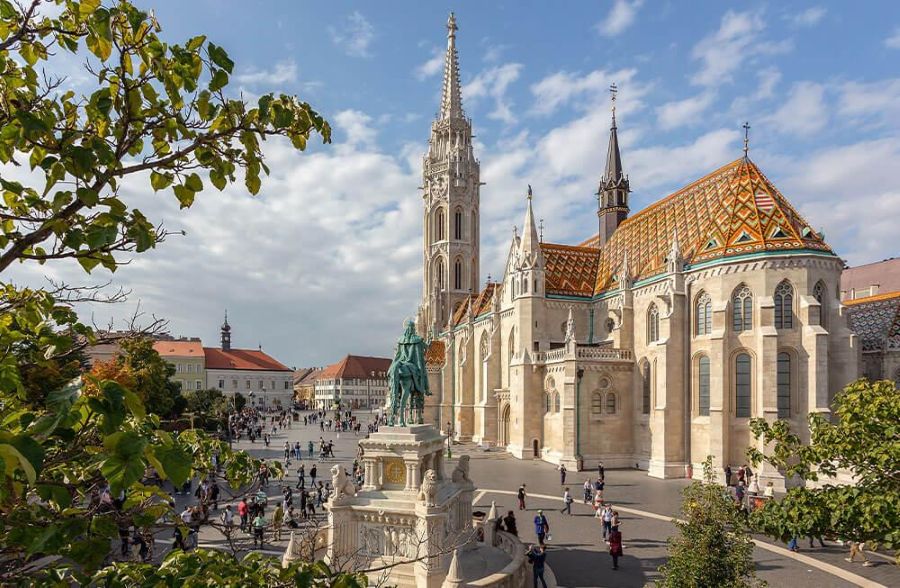
St. Stephen’s Cathedral dominates Vienna’s skyline with its 450-foot Gothic spire. The cathedral’s stunning roof features colorful zigzag patterns made from 230,000 glazed tiles.
The Dohány Street Synagogue in Budapest is Europe’s largest synagogue. Its red-brick Neo-Gothic style mixes with Moorish elements, creating a unique architectural blend.
Matthias Church in Budapest showcases dramatic Gothic architecture with a colorful tiled roof similar to Vienna’s St. Stephen’s. Its diamond-pattern tiles and soaring 260-foot spire make it a photographer’s dream.
Iconic Bridges and Statues

The Chain Bridge connects Buda and Pest with its majestic stone lions guarding each end. Built in 1849, it was Budapest’s first permanent bridge across the Danube.
Vienna’s Art Nouveau Secession Building stands out with its golden dome of laurel leaves. The unique white cube design sparked controversy when built in 1897.
The Hungarian Parliament Building stretches along the Danube’s banks. Its Neo-Gothic spires and massive dome create one of Europe’s most photographed buildings. The building uses about 88 pounds of gold in its decorations.
Culinary Experience
Vienna and Budapest each deliver unique food experiences that showcase their rich cultural heritage. The dining scenes blend traditional recipes passed down through generations with modern interpretations and international influences.
Traditional Dishes to Savour
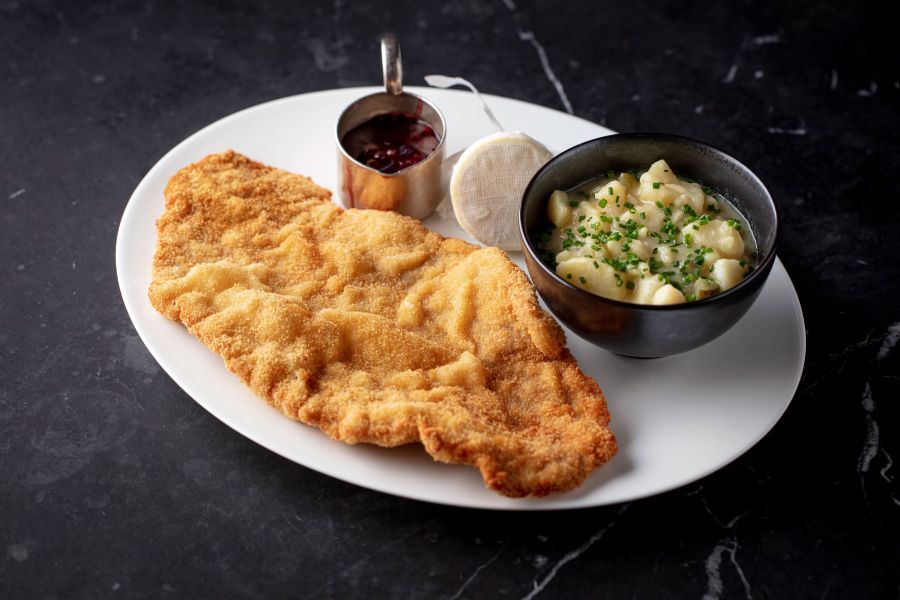
Vienna’s most iconic dish is the Wiener Schnitzel – a thin, breaded veal cutlet fried to golden perfection. You’ll find it served with potato salad or parsley potatoes at most traditional restaurants. Tafelspitz, tender boiled beef in broth, ranks as another Viennese favorite.
Budapest’s culinary star is Hungarian goulash, a hearty beef stew seasoned with paprika and caraway. The city also serves excellent chicken paprikash and stuffed cabbage rolls. Local restaurants take pride in generous portions and rich flavors.
Cafe Culture and Sweet Delights
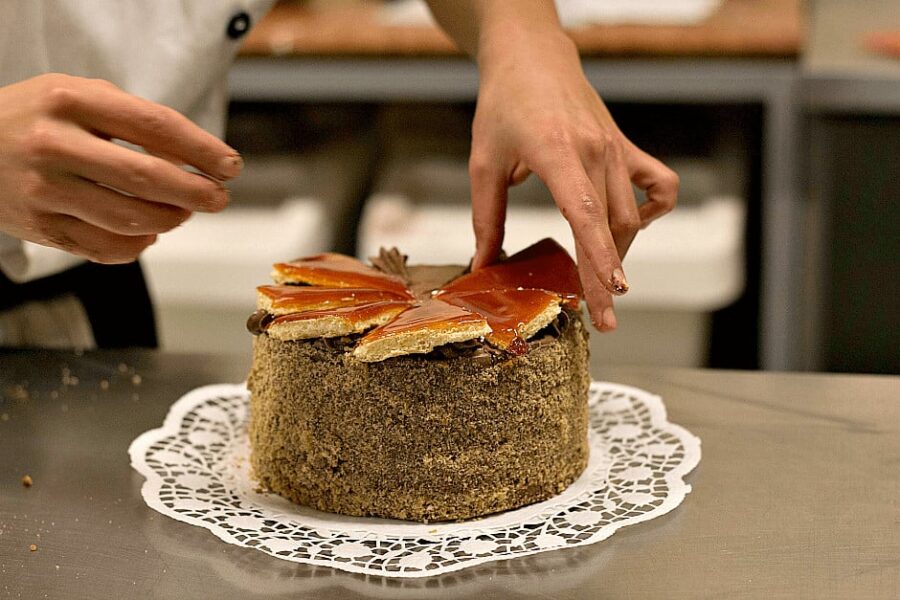
Vienna’s coffee house tradition dates back centuries. Café Central and Café Sacher remain must-visit spots for their elegant ambiance and perfect coffee. The famous Sacher-torte chocolate cake pairs wonderfully with a melange (Viennese cappuccino).
Budapest’s historic cafes like Gerbeaud and New York Café offer stunning architecture alongside traditional Hungarian pastries. Don’t skip the Dobos torte – a layered cake with caramel top – or the chimney cake street treat.
Food Markets and Street Food
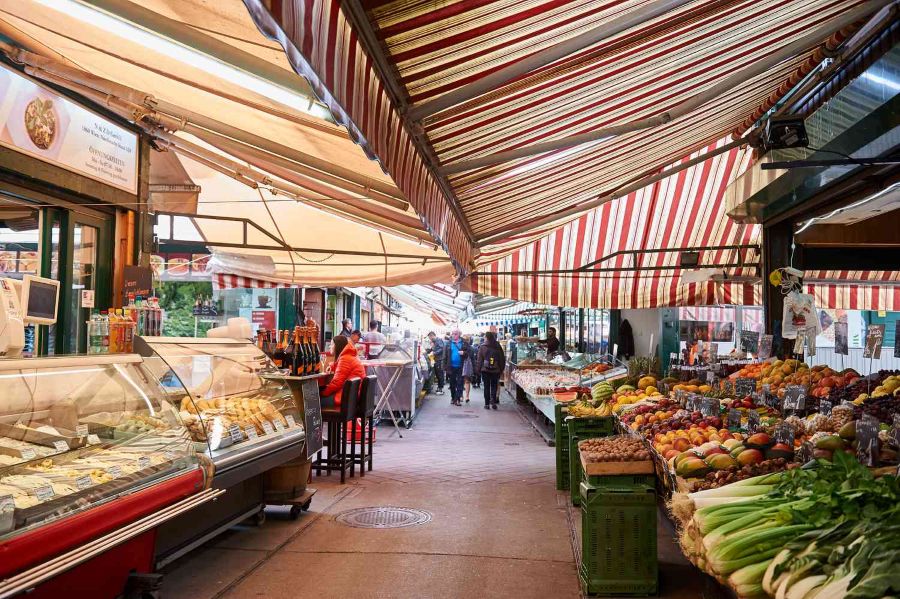
The Naschmarkt in Vienna stretches for blocks with fresh produce, local specialties, and international foods. Small stands serve quick bites like leberkäse (meat loaf) sandwiches and würstel (sausages).
Budapest’s Great Market Hall buzzes with vendors selling Hungarian sausages, pickled vegetables, and fresh-baked bread. The streets around offer lángos – deep-fried flatbread topped with sour cream and cheese – plus kürtőskalács (chimney cakes) fresh off the spit.
Local food tours help visitors discover hidden gems in both cities’ neighborhoods away from tourist spots.
Experiencing the City Vibe
Vienna and Budapest offer distinct atmospheres that shape visitor experiences. Each city pulses with its own unique energy, from classical refinement to edgy charm.
Arts and Entertainment
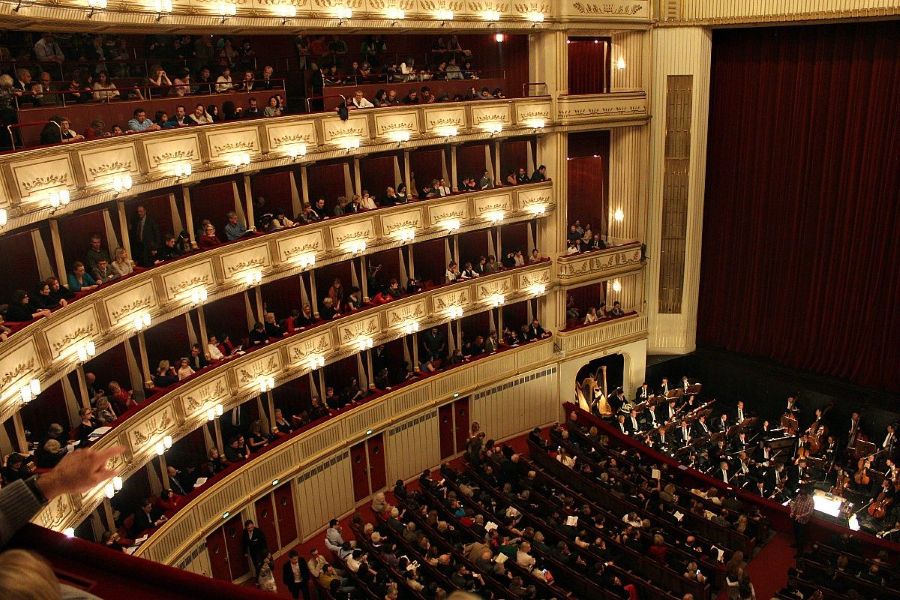
Vienna shines with classical music and elegant performances. The State Opera hosts world-class shows in a stunning setting. Concert halls feature the Vienna Philharmonic and talented street musicians fill historic squares with melodies.
Budapest mixes old and new art scenes. Local galleries showcase modern Hungarian artists in District VII. The Palace of Arts hosts diverse performances from classical to jazz. Street art adds color to the Jewish Quarter’s walls.
Nightlife and Social Spaces
Budapest’s famous ruin bars transform abandoned buildings into quirky hangouts. Szimpla Kert started this trend, with mismatched furniture and local drinks creating a cool vibe.
Vienna’s nightlife feels more polished. Wine taverns called Heurigen serve local wines and traditional food. The MuseumsQuartier turns into a trendy evening spot where people gather on designed lounge furniture.
Public Spaces and Gardens
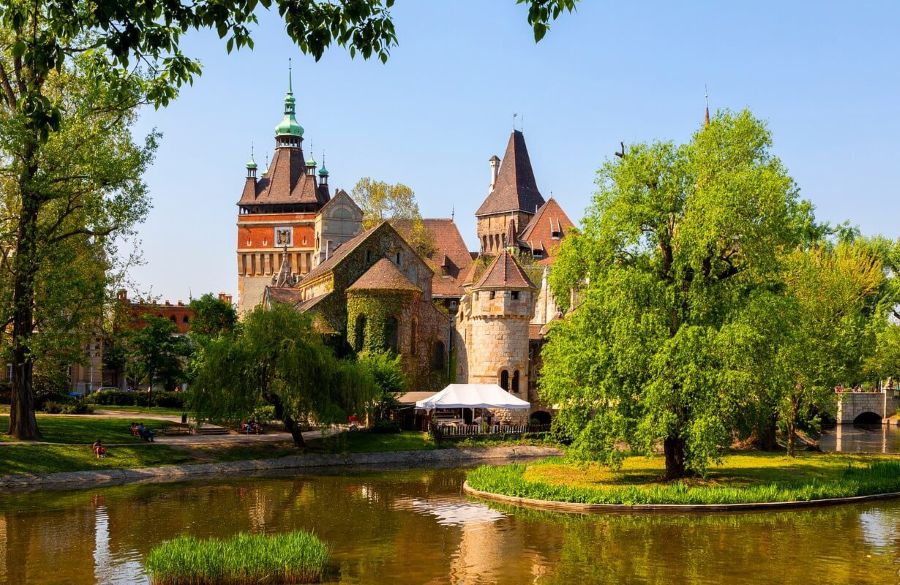
Vienna’s Prater park offers year-round fun with its Giant Ferris Wheel and amusement rides. The Volksgarten shows off rose gardens and monuments. In winter, magical Christmas markets pop up across squares.
Budapest’s City Park features thermal baths and peaceful walking paths. Margaret Island provides a green escape with musical fountains and medieval ruins.
The Buda Hills give amazing city views. Visitors can hike up or take the historic Cogwheel Railway for a peaceful break from city streets.
Leisure and Relaxation
Both Vienna and Budapest excel at helping visitors unwind and recharge with their mix of thermal spas, peaceful gardens, and scenic waterfront spots.
Pampering in Thermal Baths
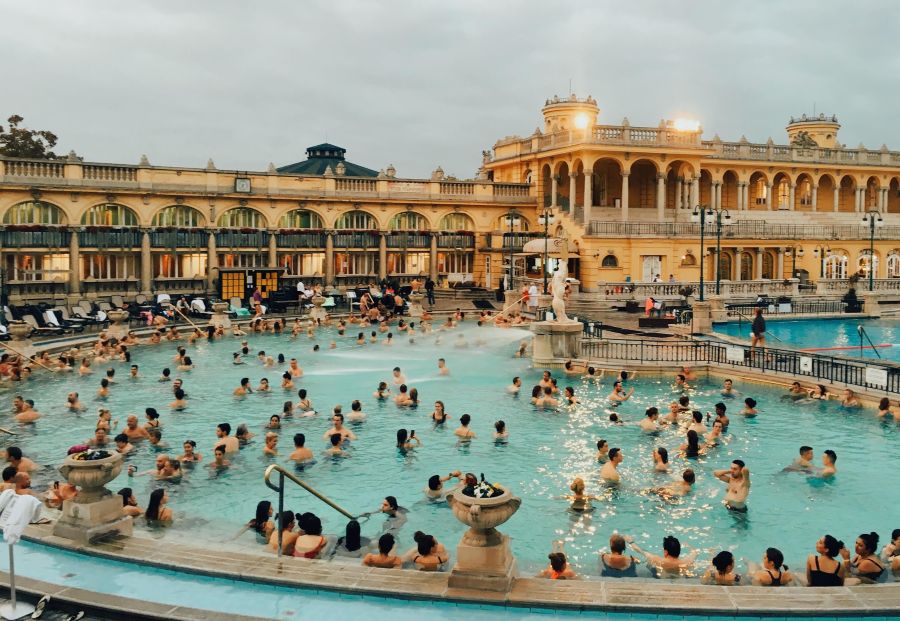
The thermal bath culture shines brightest in Budapest. The Szechenyi Baths steal the show with 18 pools spread across a stunning neo-baroque complex. Visitors can soak in steaming outdoor pools while admiring the grand yellow architecture around them.
Vienna’s spa scene focuses more on modern wellness centers and luxury hotel spas. The Therme Wien complex offers a more contemporary take on thermal bathing with its sleek design and therapy pools.
The historic Turkish baths of Budapest add an extra cultural dimension. Many feature stunning Ottoman architecture with detailed mosaics and domed ceilings that transport visitors back in time.
Gardens and Green Spaces
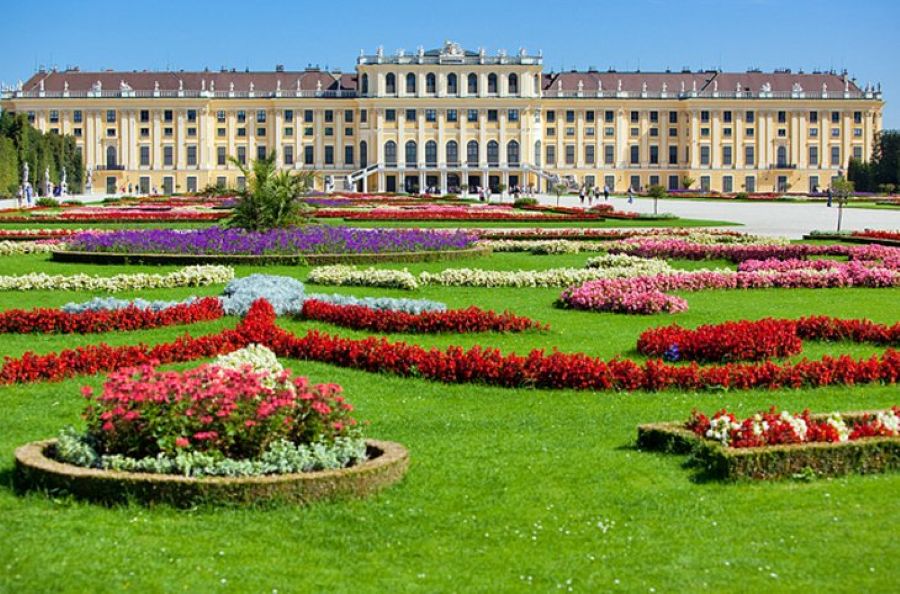
Vienna’s Schönbrunn Palace gardens provide a peaceful escape with manicured flower beds and tree-lined paths. The roses bloom spectacularly in summer, making it perfect for morning walks.
Városliget (City Park) in Budapest offers a more casual vibe where locals jog, picnic, and row boats on the lake. The park surrounds Szechenyi Baths, creating a natural wellness zone.
Both cities maintain excellent networks of smaller neighborhood parks. These green spaces give visitors plenty of spots to rest between sightseeing adventures.
River Cruising and Walks
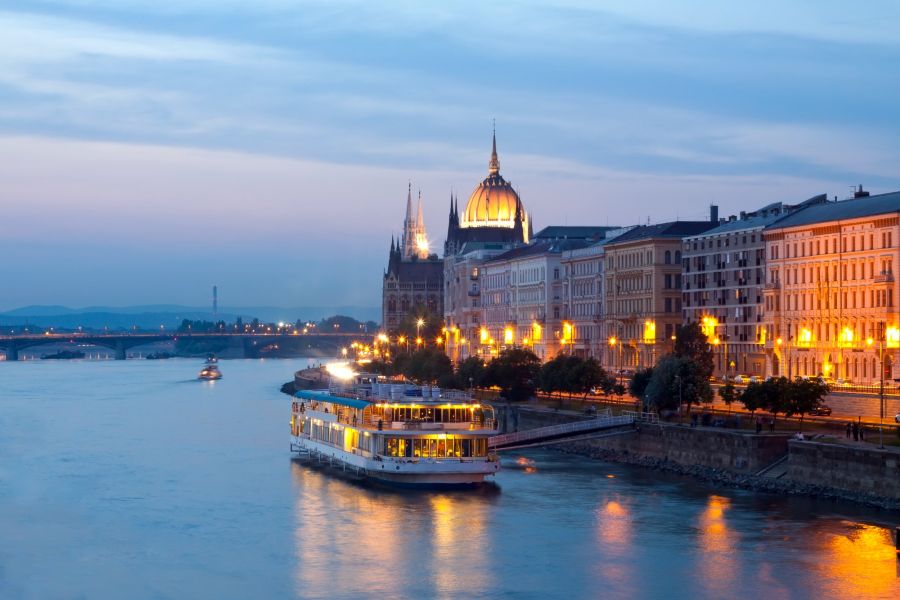
The Danube River shapes both cities’ leisure scenes. Evening cruises pass illuminated landmarks like Budapest’s Parliament Building and Fisherman’s Bastion. The lights reflecting on the water create magical photo opportunities.
Walking paths line both sides of the Danube in each city. Budapest’s Danube Promenade lets visitors stroll past the iconic Chain Bridge while enjoying river views.
Vienna’s Danube Canal offers a more urban waterfront experience with pop-up beaches in summer and riverside cafes. Pedestrian zones near the water make exploring on foot easy and enjoyable.
Transportation and Getting Around
Both Vienna and Budapest offer excellent ways to move around the city, with reliable public transport networks and pedestrian-friendly streets that make exploring a breeze. The transport systems in both cities rank among Europe’s most efficient.
Public Transport Systems
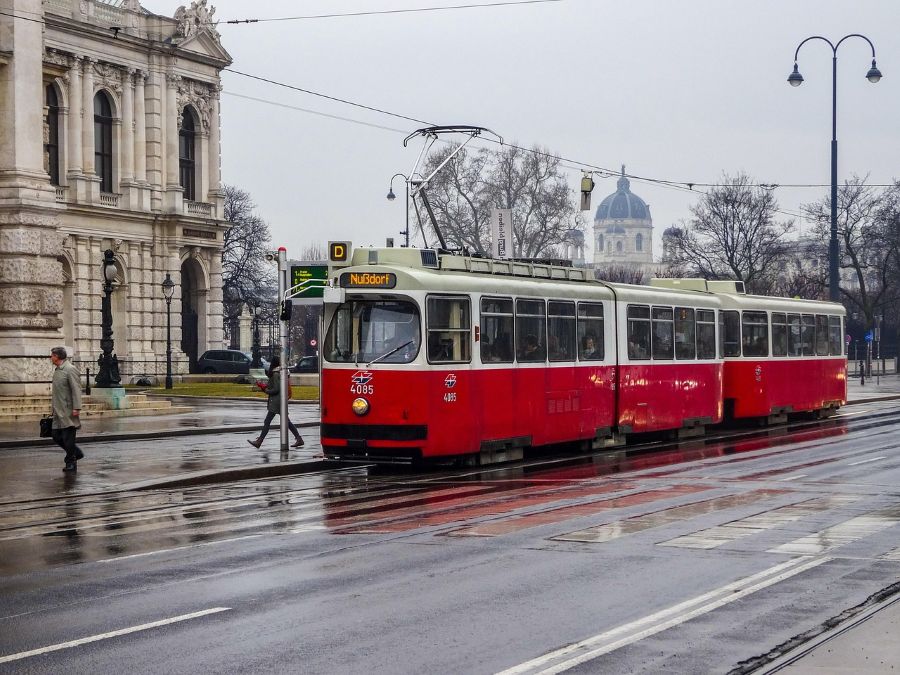
Vienna’s public transit shines with its punctual subway, tram, and bus network. A 24-hour ticket costs €8, giving access to all transport options. The system runs like clockwork from early morning until midnight, with night buses filling the gap.
Budapest’s public transport costs less, with a 24-hour pass at 1,650 HUF (about $5). The metro system connects major spots across the city. Trams run along scenic routes, especially the #2 line with stunning Danube views.
Both cities use clear signage in multiple languages. Ticket machines accept cards and cash, making purchases simple for tourists.
Walkability and Cycling Paths
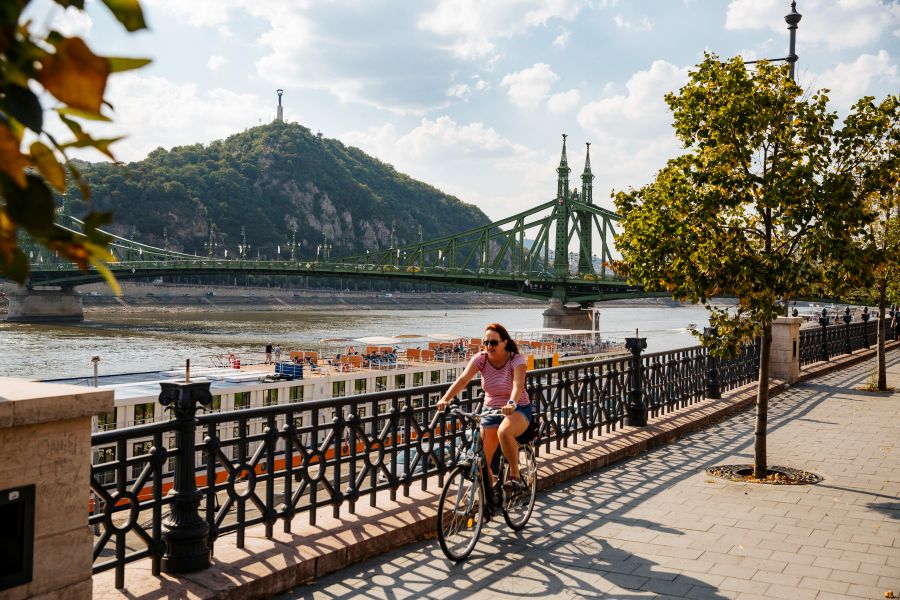
Vienna’s streets feature wide sidewalks and dedicated bike lanes throughout the city center. The Ring Road offers a perfect walking route past major attractions. Bike sharing stations pop up every few blocks.
Budapest splits into Buda and Pest, with flat Pest being more walkable. The riverside promenades make perfect walking paths. Bike rentals are cheaper than in Vienna, though there are fewer dedicated cycling lanes.
Many tourists explore both cities on foot since main attractions sit close together. Walking lets you discover hidden gems like small cafes and local shops.
Accessibility and Convenience
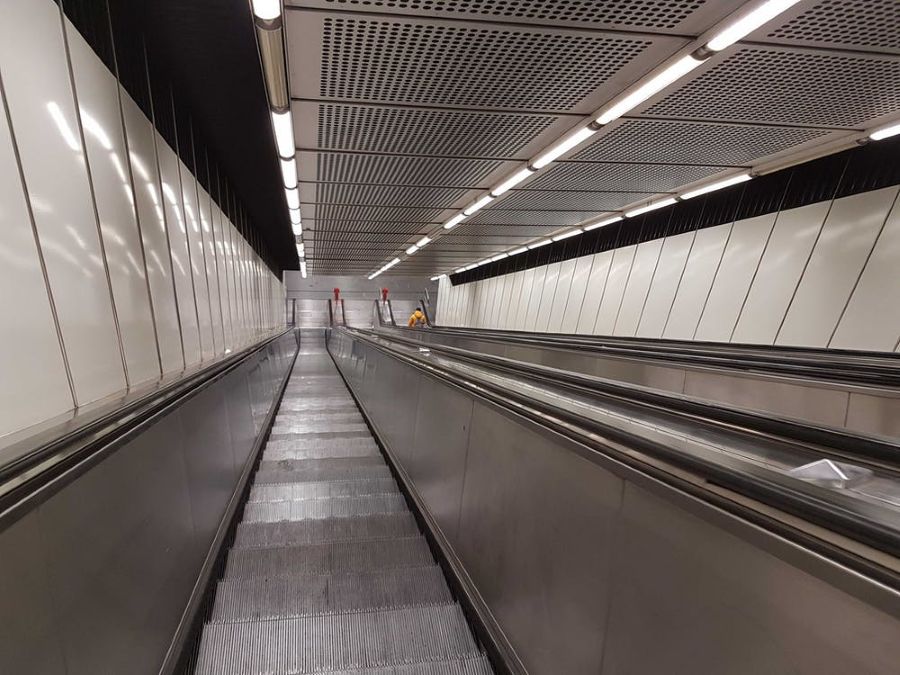
Most Vienna metro stations have elevators and escalators. Buses kneel to help passengers board. Clear announcements come in German and English.
Budapest’s newer metro lines offer full accessibility. Older stations might lack elevators. Most trams now use low-floor vehicles for easy access.
Taxis run on meters in both cities. Vienna’s fares cost more but drivers rarely take advantage of tourists. Budapest requires caution – stick to official taxi companies with proper logos.
Mobile apps make navigation simple in both places. Real-time arrival info helps plan trips better.
Accommodation and Costs
Vienna and Budapest offer distinct living experiences at different price points. Vienna tends to be pricier but delivers luxury and elegance, while Budapest gives travelers amazing value without sacrificing comfort.
Staying in Style: Hotels and B&Bs

Vienna’s luxury hotels showcase the city’s imperial grandeur. Expect to pay €200-300 per night for a 4-star hotel in central Vienna. Many hotels occupy restored historic buildings with ornate architecture and high-end amenities.
Budapest’s luxury accommodations cost 30-40% less than similar options in Vienna. Four-star hotels along the Danube range from €120-180 per night. The city’s grand hotels blend Hungarian charm with modern comforts.
Both cities maintain strict quality standards for hotels and B&Bs. Vienna’s boutique hotels tend to be smaller and more intimate. Budapest’s hotels often include extras like spa access.
Budget-Friendly Options
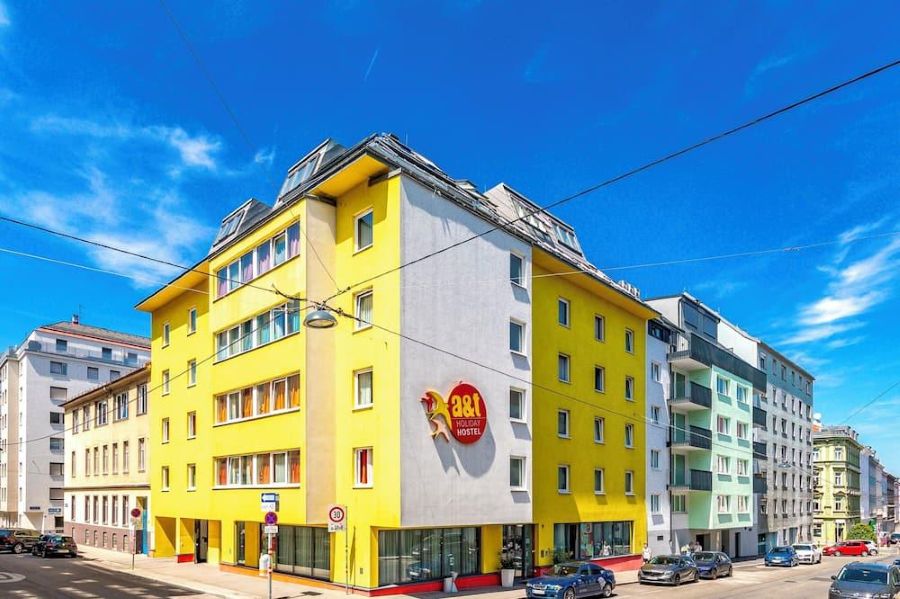
Budapest wins for budget travelers. Clean, comfortable hostels start at €15-20 per night. Mid-range hotels cost €60-90, while private apartments rent for €40-70 daily.
Vienna’s budget spots require more searching. Expect to pay €25-30 for hostel beds. Basic hotels start around €90-120 per night. Student residences offer summer deals.
Street location affects prices in both cities. Staying a few blocks from major attractions can cut costs by 20-30%.
Comparing Travel Expenses
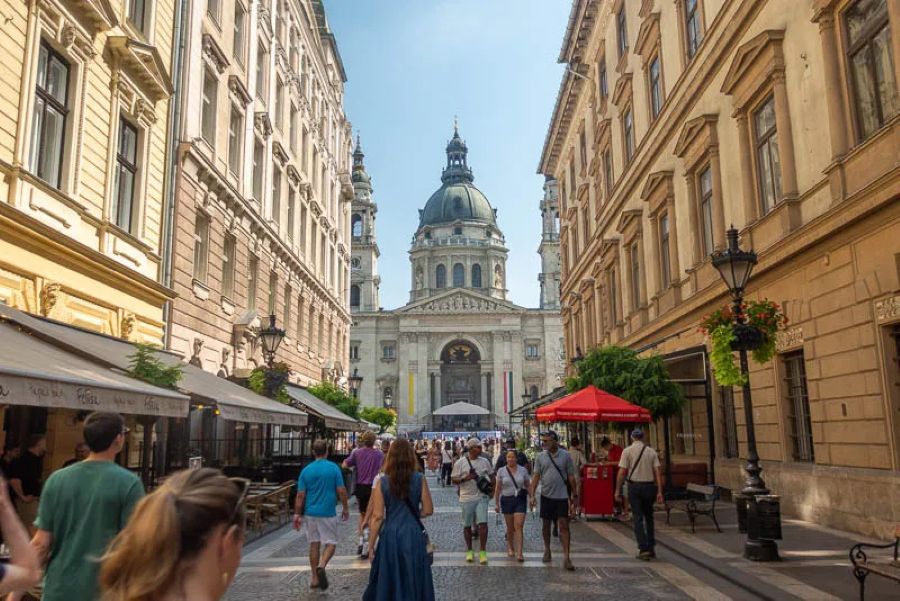
Daily expenses add up differently between the cities. A meal in Vienna costs €15-25 at casual restaurants. Local transport runs about €8 daily with a tourist pass.
Budapest’s prices delight budget travelers. Restaurant meals average €6-9. Daily transport passes cost around €5. Beer prices start at €1.50 in Budapest versus €4 in Vienna.
Shopping and entertainment also cost less in Budapest. Museum entry fees are 40-50% lower than Vienna. Tourist activities like thermal baths cost about one-third less.
A week’s stay with mid-range hotels and meals runs roughly €800-1000 in Vienna. The same trip to Budapest might cost €500-600.
Safety and Solo Travel
Both Vienna and Budapest offer unique experiences for travelers, with strong safety records and welcoming atmospheres that make them great choices for different types of visitors.
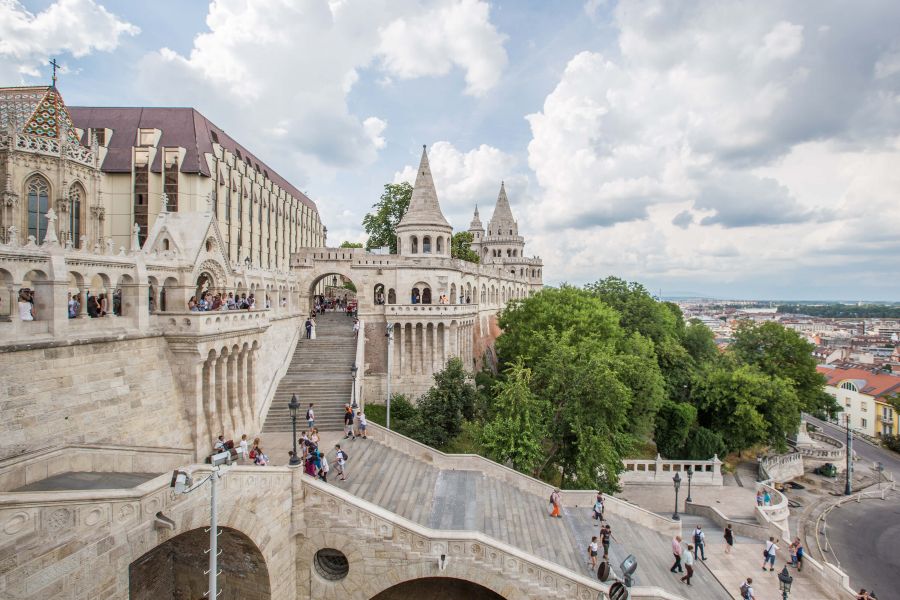
Vienna ranks as one of Europe’s safest capitals. The streets stay well-lit at night, and the reliable public transport runs until late. Police presence is visible but not overwhelming, especially in tourist areas like Stephansplatz and along the Ringstrasse.
Budapest’s safety level matches most European capitals. The main tourist areas like Castle Hill and the Jewish Quarter have good security. Tip: Keep an eye on belongings in crowded spots like the Great Market Hall.
The metro systems in both cities have security cameras and staff at most stations. Vienna’s transport feels a bit more modern, while Budapest’s historic yellow line adds charm to the experience.
Tips for Solo Adventurers
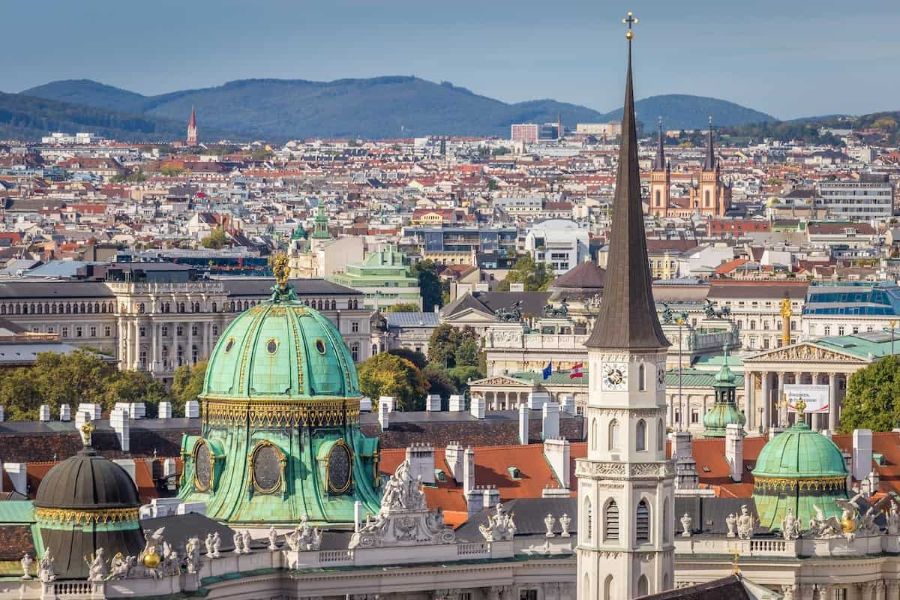
Solo travelers thrive in these cities’ cafe cultures. Vienna’s coffee houses welcome people reading or working alone – try Café Central or Café Sacher.
Budapest’s ruin bars make meeting other travelers easy. The 7th district buzzes with social energy, perfect for solo explorers looking to connect.
Smart safety practices for solo travelers:
- Stay in well-reviewed hostels or hotels
- Share travel plans with friends
- Keep emergency numbers handy
- Use official taxi services
Family and Group Travel Considerations
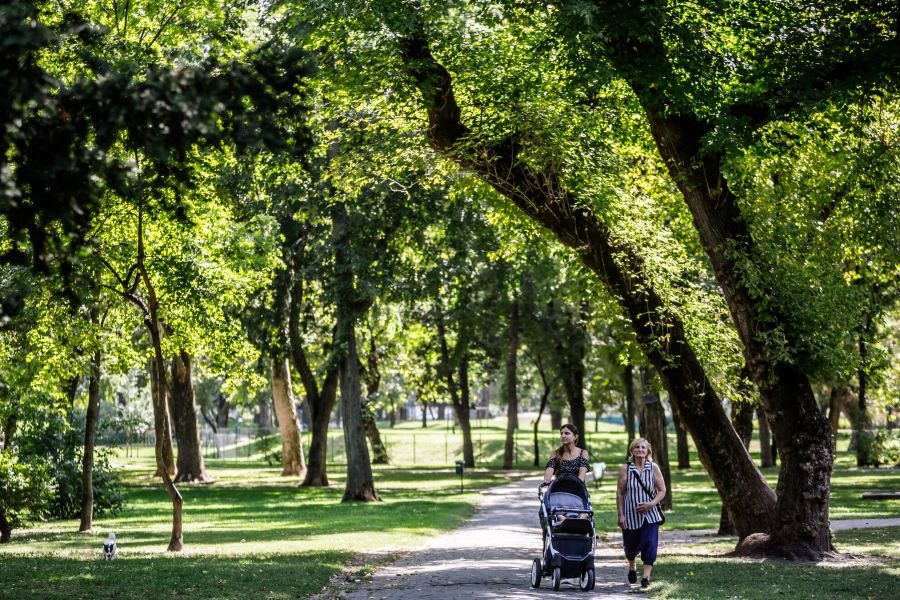
Families feel at home in Vienna’s structured environment. The city’s wide sidewalks and numerous parks make stroller navigation simple. Most attractions offer family tickets and child-friendly facilities.
Budapest appeals to groups with its thermal baths and spacious public spaces. The City Park provides safe recreation areas for kids.
Group-friendly features:
- Well-marked tourist paths
- English-speaking tour guides
- Family discounts at attractions
- Accessible public spaces
Both cities shine in different ways for group visits. Vienna excels in organization, while Budapest offers more adventure-style experiences.
Frequently Asked Questions
Travelers considering Vienna and Budapest face common questions about costs, timing, experiences and transportation between these historic cities. Both cities deliver distinct advantages that appeal to different types of visitors.
What are the notable differences in nightlife between Vienna and Budapest?
Budapest’s ruin bars and thermal bath parties create an edgy, vibrant nightlife scene. These converted spaces in the Jewish Quarter pulse with energy until dawn.
Vienna’s nightlife feels more refined, with classical music venues, wine bars, and cozy cafes. The city comes alive with upscale cocktail lounges and jazz clubs around the Museumsquartier.
How do Budapest and Vienna compare in terms of city size and population?
Vienna has about 1.9 million residents spread across 160 square miles. The city keeps growing due to immigration and development.
Budapest houses 1.7 million people within 203 square miles. The Danube River splits the city into Buda and Pest, creating distinct neighborhoods with different personalities.
Which city tends to offer a more captivating experience during the Christmas season, Vienna or Budapest?
Vienna transforms into a winter wonderland with elegant Christmas markets at Schönbrunn Palace and Rathausplatz. The smell of roasted chestnuts and mulled wine fills the air.
Budapest’s Christmas markets sparkle at Vörösmarty Square and the Basilica. Ice skating at City Park and thermal baths provide unique winter activities.
Can one comfortably plan a day trip from Vienna to Budapest?
The train ride between cities takes about 2.5 hours each way. This makes day trips possible but rushed.
A full day allows time to see Heroes’ Square, walk across Chain Bridge, and explore Castle Hill in Budapest. Many travelers prefer staying at least one night.
Between Vienna and Prague, which destination is generally considered more picturesque?
Prague’s medieval architecture and hilltop castle create more dramatic views than Vienna’s imperial grandeur. The Vltava River and Charles Bridge add extra charm.
Vienna shines with perfectly maintained Baroque buildings and grand palaces. The city’s organized layout lacks Prague’s mysterious medieval atmosphere.
What should one expect when visiting Budapest in November?
Temperatures hover between 35-50°F (2-10°C) with occasional rain. Tourist crowds thin out significantly.
The thermal baths become extra appealing in chilly weather. Indoor attractions like the House of Terror museum and Great Market Hall offer shelter from the elements.
Many cafes serve seasonal treats like roasted chestnuts and körözött (Hungarian cheese spread).



